
I last talked about bank stocks on January 3, 2019 – this was one of my last updates before my hiatus. Specifically I was talking about the Financial Select Sector SPDR ETF, ticker symbol XLF. I use the charts from this ETF as a general guide for individual bank charts.
This first article will revisit charts for the XLF. Personally, I think the XLF is a good barometer for bank stocks as a whole population. When target prices are reached for this ETF, I think it also signals a time to take action on individual bank stocks.
Shares below the $20 price level will carry a better risk to reward ratio. Time to start monitoring it better when it reaches its main supporting trendline since March 2009.
I was talking about ticker symbol XLF, the Financial Select Sector SPDR ETF in the above comment made in the forum.
But before I dive into the charts for the Financial Select Sector SPDR ETF, why did I start out reviewing charts for banks? Banks tend to perform the best when interest rates are rising. And that has been the trend, rising interest rates, until recently. Earlier this week the European Central Bank announced its plan to forgo rate hikes and instead implement another round of quantitative easing.
Will the US central bank follow suit? That seems to be the concern causing the recent decline in bank stocks the last week. But in actuality bank stocks have been in a decline for more than a year, that is why I was looking for the XLF to pull back to its main supporting trendline during its corrective process.
Let’s take a look at an updated 10 year monthly candlestick chart to see if the XLF has pulled back to its main supporting trendline yet.

The XLF has to pullback towards the $21 area to complete a pullback to its main supporting trendline. I think a pullback to the lower support area will happen during the [s2If !current_user_can(access_s2member_level1)]…….
If you want to continue reading this article for the Financial Select Sector SPDR ETF, you must first login.
I look at some pullback areas to begin building a long-term position in the ETF as well as the expected time frame the index will reach my target price range.
If you are not a Trendy Stock Charts member, consider joining today! There are several different subscription plans available.[/s2If][s2If current_user_can(access_s2member_level1)]second half of 2019. It will be important to have some capital set aside for a purchase of your favorite bank stock when and if this does happen. The $20-$21 price level appears to be well supported and should offer an excellent opportunity to initiate a long position.
I have a feeling that a continued pullback will happen based on the the recent rate cutting fears. This will be our opportunity to go long if the $20-$21 target price level is reached.
The MACD Histogram shows decreasing selling momentum, something that typically signifies the end of the pullback is near. However the MACD Histogram bar for the current month, March 2019, seems as if it is ready to turn back into increasing selling momentum rather than a continued decrease. The indicator seems to be sitting on the edge right now. I am going to look at another monthly chart right now, but will take another look at the MACD Histogram on a weekly candlestick chart later in the article.
This next chart is a 20 year monthly candlestick chart to take a look at the index’s chart for any possible chart patterns. One pattern is a cup-like pattern that I’ve outlined on the next chart. I say cup-like pattern because I would anticipate more sideways action in the bottom area of the cup.

The Fibonacci Retracement Tool that I placed on the XLF – Financial Select Sector SPDR ETF’s uptrend seems to support a pullback towards the $20-$21 target price range since the 38.2% minimum retracement falls at the $20.57 price level.
This last chart for the XLF is a 5 year weekly candlestick chart. I wanted to review a weekly candlestick chart and see what the MACD Histogram looks like. The chart may also provide some other clues about the shorter-term direction of the ETF.

There are 2 Bearish Engulfing candlestick patterns that also had a volume confirmation. A volume confirmation increases the likelihood of a trend reversal.
The most recent Bearish Engulfing candlestick pattern suggests a pullback. The pullback will most likely re-test the lows of the previous pullback at $22.05. Initial support during the current pullback may be seen around the $24-$25 price range. But longer-term, there is still a higher likelihood than not for a continued pullback towards my target price range of $20-$21.
The lower gray shaded box is the target range according to the weekly chart tools. This target price range starts at $22.04 and goes all the way down towards the $18.56 price level. The $18.56 price level is the 261.8% Target Line calculated by the Red Fibonacci Extension Tool.
It is in this $18.56 – $21 range where I anticipate initiating a long position for mine and my mom’s portfolio. I will probably not invest in the Financial Select Sector SPDR ETF itself, but will use the charts from the XLF to confirm my probable purchase in JP Morgan Chase (JPM).
Summary
Bank stocks and in particular the Financial Select Sector SPDR ETF may see some weakness in the next several weeks. However this weakness could be considered an opportunity to establish a long-term position in the sector, including your favorite bank stock.
At this time though I will set a price level notification/alert in Think or Swim at the $22 price level and wait until the alert lets me know its time to take action.
And just in case the $22 price alert is not triggered, I will also set an alert if XLF’s price goes above $26.94; this is the resistance area from the most recent Bearish Engulfing candlestick pattern that I illustrated above.
Until a price alert is triggered, there are a lot more charts to review. Let’s move onto another set of charts.[/s2If]

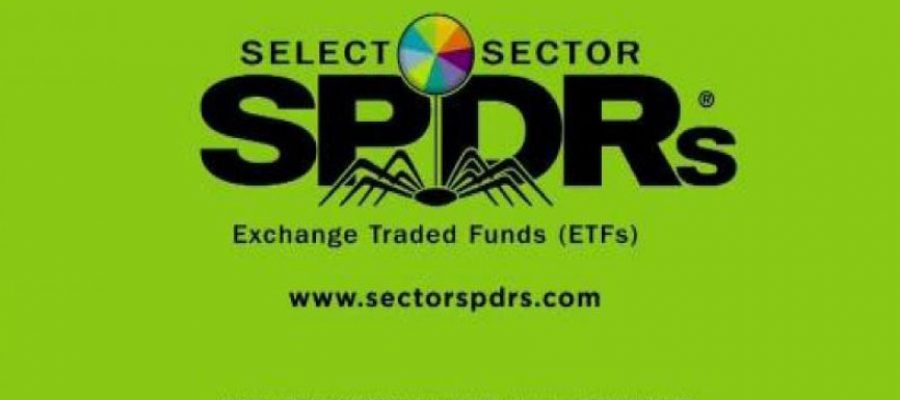
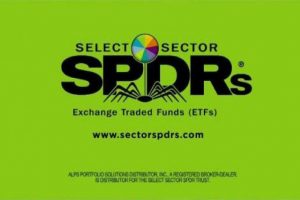
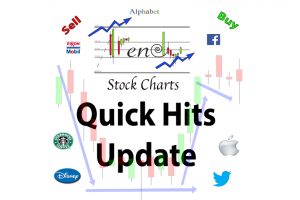
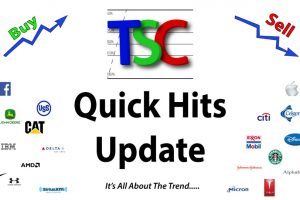


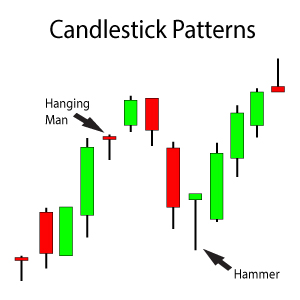







Ask a Question. Make a Comment. Leave a Reply.